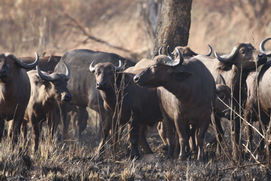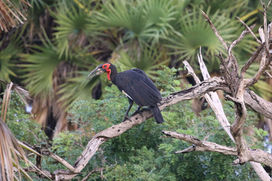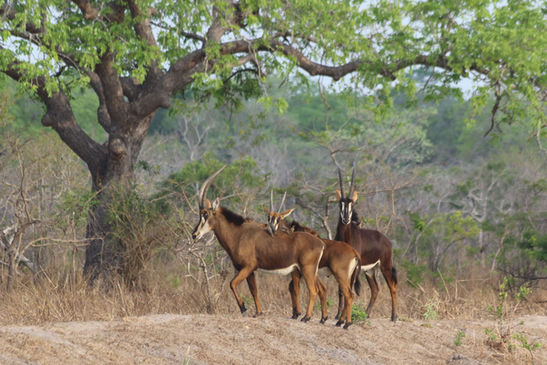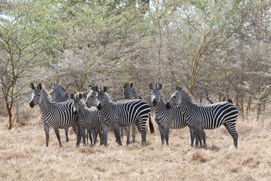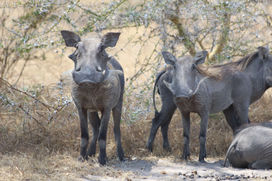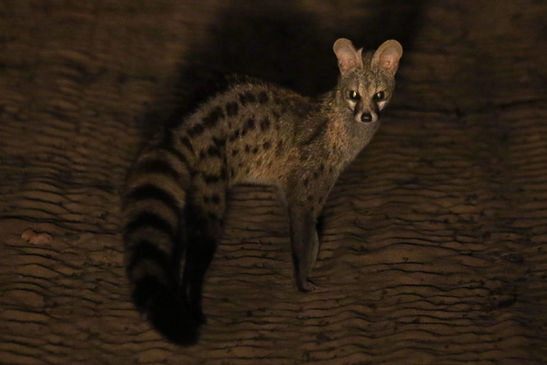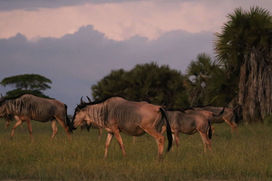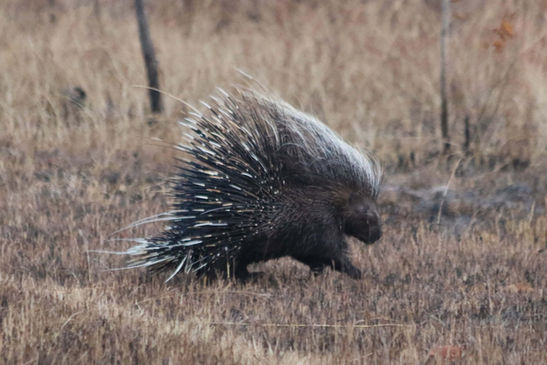The Selous-Nyerere Landscape in Tanzania

About Selous-Nyerere
The Selous-Nyerere landscape in southern Tanzania is one of Africa’s largest wilderness areas. Established in 1922, Selous Game Reserve was until recently the largest protected area on the African continent, covering an area of more than 50,000 km2. In 2019, the government of Tanzania upgraded nearly two-thirds of Selous to National Park status, with the remaining 20,000 km2 continuing on as Selous Game Reserve. This new park was named Nyerere National Park and is over 30,000km2.
The Selous-Nyerere landscape is one of Africa's last remaining lion strongholds and is believed to be home to one of the largest populations of African wild dog as part of the transboundary Selous-Niassa Ecosystem, as well as supporting globally important populations of leopard and spotted hyaena.
In this landscape we conduct ecological research throughout both Selous Game Reserve and Nyerere National Park as well as working in village land in the north-east area heavily populated by pastoralists with high rates of human-carnivore conflict and carnivore killings.
_tif.png)
.png)
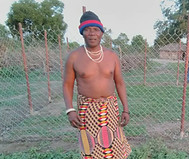

.jpg)


